You are probably familiar with wood stoves, but did you know that not all models work in the same way? If you answered no, the following information may be of interest to you. A brief overview of the benefit of catalytic wood stoves and how they operate.
How do catalytic wood stoves work?
A high-quality catalytic wood stove burns smoke and produces more heat than a conventional wood stove while using less firewood.
The catalytic combustor or catalytic converter in a catalytic stove resembles a honeycomb.The converter greatly reduces the required temperature for burning smoke. Smoke usually catches fire at about 1100 degrees. With the catalyst, smoke is burned inside the wood stove at just 500 to 550 degrees.The catalyst rapidly heats up. Within 20 minutes of reaching 550 degrees, the catalyst can get as hot as 1700 degrees. How quickly it heats up depends upon:
- The size of the catalyst,
- The strength of your fire
- Whether you use dry, seasoned or wet firewood
Catalytic stoves slowly burn wood, so a large fire isn’t required to warm up a sizable space. Once the stove is giving off sufficient heat, the air in the stove can be choked down in order to produce smoldering flames or to extinguish the flames altogether. The catalyst will filter the smoke created by the lack of air.
Because of the way the catalytic wood stove operates, the burn time of a load of wood is significantly increased, the amount of wood required to heat is reduced, and there is less creosote deposited in the chimney lining.
Catalytic wood stoves’ intense temperatures require a professional installer to prevent fires. An improperly installed stove will also generate increased pollution, the opposite effect of the desired result. Catalytic stoves are innovative, but not without potential hazards.
Prior to Installing a Catalytic Wood Stove
There are a few things to investigate prior to the installation of a best value catalytic wood stove, all of which certified professional installers are familiar with:
- Obtain any necessary permits from local building code authorities.
- Contact your fire insurance company about your plans to install a catalytic wood stove.
- Determine whether the current flue in your chimney is a size which fits requirements for the catalytic wood stove. It’s important to use the flue diameter recommended by the manufacturer so that the needed draft to operate the stove is produced. If the flue is improperly sized, the result could be that smoke leaks into your home.
Professional installers will want to be inspecting the stove during installation in order to ensure that the seals that connect the flue to the stove are tight, which will help to prevent leakage of smoke and will promote good drafting.
Tips for Maximizing Benefits of Catalytic Wood Stoves
- Burn only seasoned wood, not freshly cut wood. It usually takes from six to nine months for wood to dry out, if it is loosely covered and stacked outside in a way that air can circulate through the wood pile.
- Use a catalyst temperature monitor, if it isn’t included with the stove. With a monitor, you can avoid engaging the catalyst too early or wasting useful heat by waiting too long to engage it.
- Initially light the stove in the bypass mode open, in which smoke bypasses the catalyst. Only engage the catalyst when the stove burns hot, but don’t overheat the appliance.
- Quickly begin with a hot fire, which will put the catalyst to work faster; once it is lit, the catalyst stays lit even when the fire burns at a much lower temperature.
- Minimize door openings for hours of continuous burning.
Important information: A catalytic wood stove best works when the catalyst is in good condition and active. A catalytic stove with an open "bypass" is extremely inefficient. A catalytic converter should usually be replaced every five years. The cost varies between $100 and $500, depending on the device.
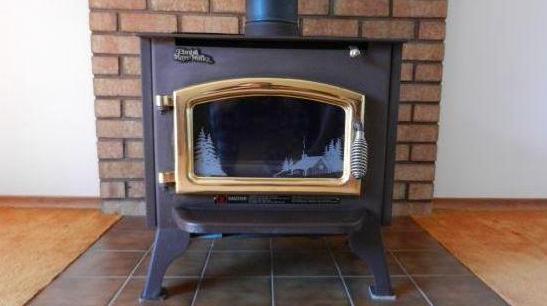


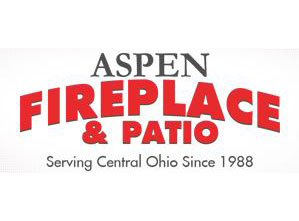
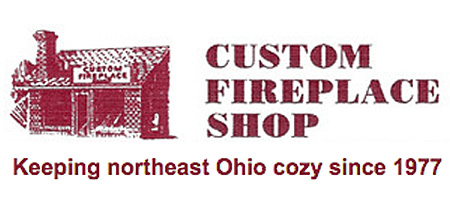


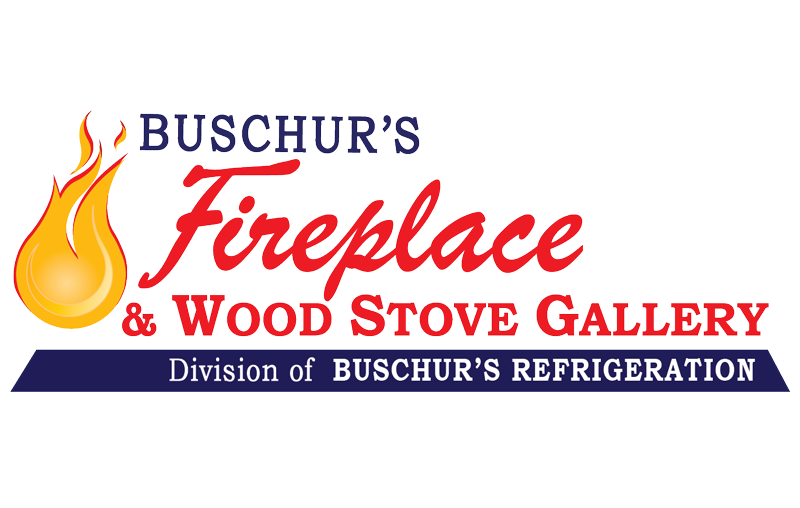


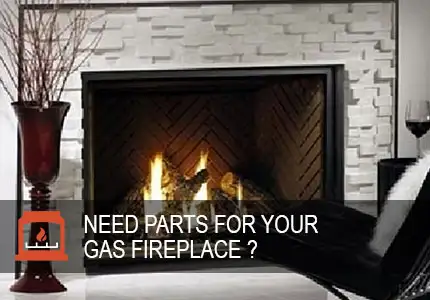
14 Responses